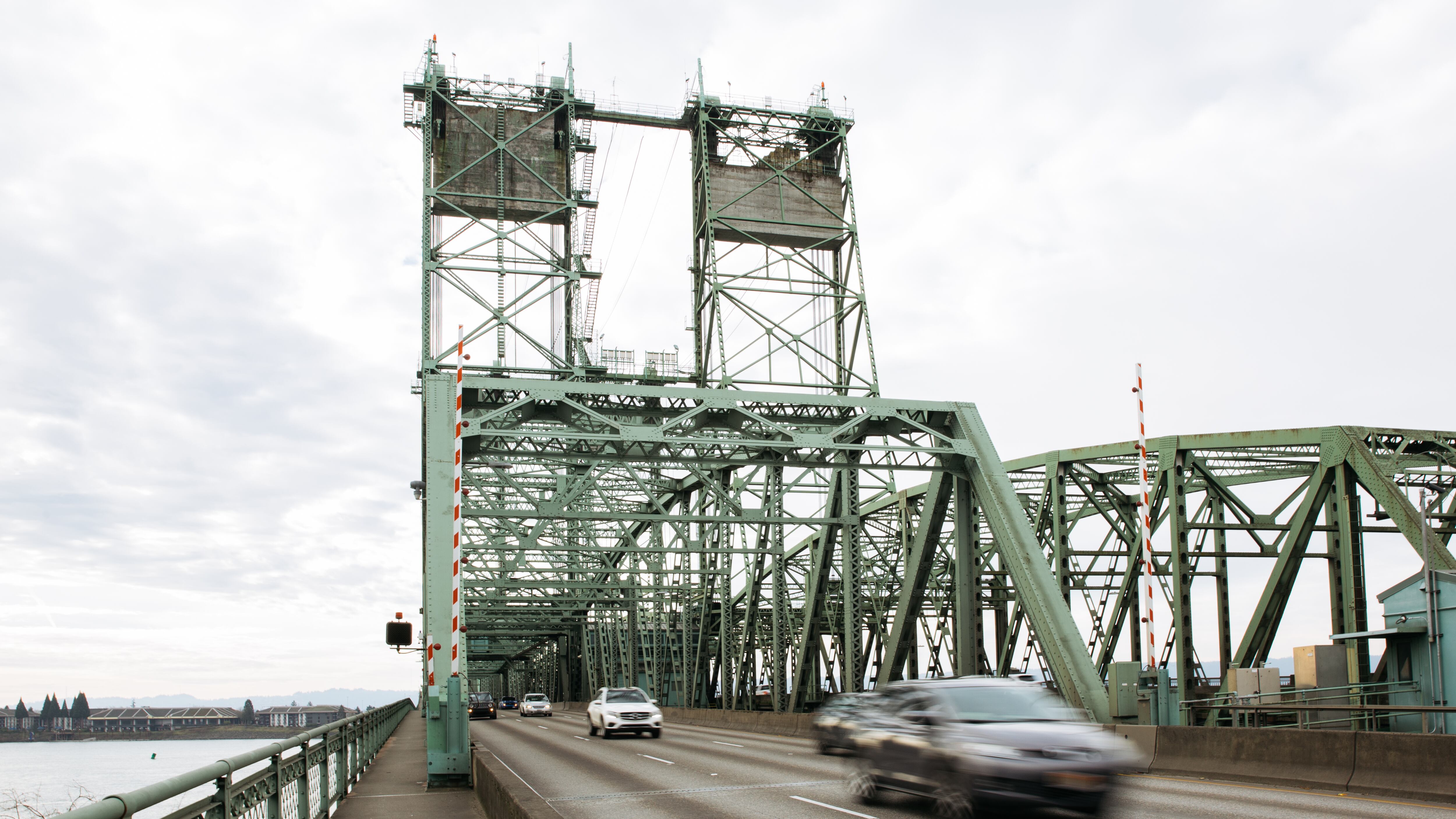The administrator for the Interstate Bridge Replacement Project today released new cost estimates for the job, which would create a new span across the Columbia River between Portland and Vancouver, Wash., add light rail to the bridge and make a variety of changes to the highways on both sides of the river.
The previous cost estimate, from 2020, was $3.2 billion to $4.8 billion. Today, Greg Johnson, the IPR administrator, said the cost is likely to run $5 billion to $7.5 billion. Using the midpoint of the old and new estimates, that’s an increase of 56%.
Johnson attributed the higher estimate to inflation and the inclusion of some new project components. “Construction projects across the country are experiencing unprecedented cost increases due to supply chain issues and increasing material and labor costs as well as other factors, and our program is no exception,” Johnson in a statement.
Johnson also provided a list of projects not included in the previous cost estimate. They are:
▶ Replacement of the North Portland Harbor Bridge
▶ A braided ramp at Marine Drive and a new arterial bridge between Hayden Island and North Portland
▶ Light rail traveling on an elevated structure adjacent to Interstate 5 in Vancouver
▶ An elevated transit station near the Vancouver Waterfront
The state of Washington has committed $1 billion to the project. Oregon lawmakers will consider an equal allocation next year. Johnson is also hoping to get federal grant and toll revenues on the order of $3.5 billion but that funding is aspirational at this point.
Today’s increase did not surprise Joe Cortright, the Portland economist who has closely followed this iteration and the earlier version of the same effort, the Columbia River Crossing Project. In a May piece for City Observatory, Cortright wrote, “The IBR is likely to be a $5-7 billion project.”
In an interview, Johnson said the 2020 cost estimates used a figure for inflation of 3.8%, but inflation has since topped 8%.
He said the project will release a detailed financial plan and the document on which today’s cost increase is based, a Cost Estimate Validation Process, probably in February.
Although today’s numbers include additional work, they do not include additional costs for meeting the U.S. Coast Guard’s request in June that the new bridge be 178 feet high in order to accommodate ships passing under the bridge. Johnson said the previous estimate’s height of 116 feet is unchanged in the updated cost estimate. He says his team is in discussions with river users and hopes to resolve the issue with the Coast Guard this summer, well in advance of permitting in 2026.
Johnson says the project expects to hear from federal officials in the next month or so about a large grant application for bridge work. He’s hopeful Oregon lawmakers will look kindly on the project’s request for $1 billion. Getting that appropriation would be helpful in securing federal money because the feds want to see state-level funding.
“We know this is heavy lift,” Johnson says of the request of Oregon lawmakers. “But we think there’s a compelling case given that there are federal dollars out there available for big projects.”
